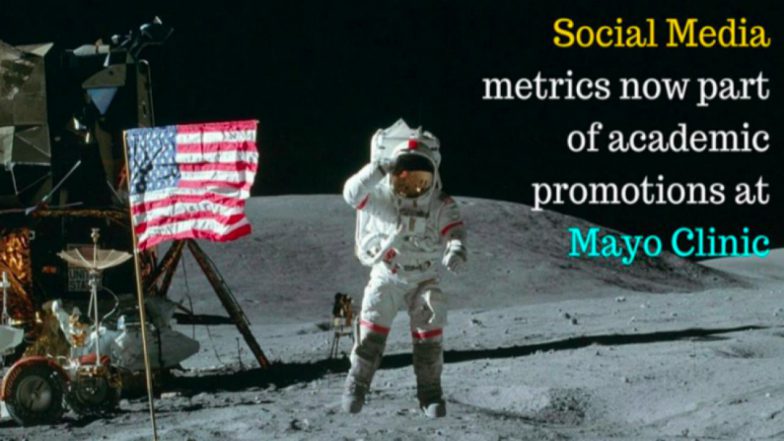Summary
The Mayo Clinic Academic Appointments & Promotions Committee considers social media scholarship as criteria for academic promotion, paving the way for more institutions to follow.
Cabrera and Mayo colleagues (2017) offer an Impact Grid for assessing social media scholarship in More than Likes and Tweets: Creating Social Media Portfolios for Academic Promotion and Tenure. Their video (below) gives even deeper insight.
Here are 5 ways to use the Open Network of Health Hubs as a ‘virtual collaboratory’ – to advance careers – within and outside of academe.
OnAir Post: Creating social scholarship via Health Hubs

